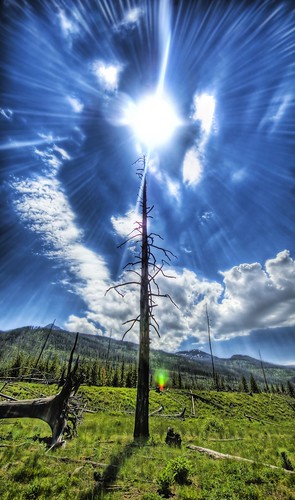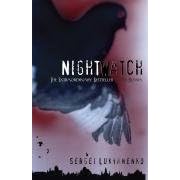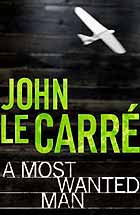 Tim Cahill is one of my favourite authors - a rare example of a travel / adventure writer who doesn't take himself (or his subjects) too seriously.
Tim Cahill is one of my favourite authors - a rare example of a travel / adventure writer who doesn't take himself (or his subjects) too seriously.
In "Lost In My Own Backyard", Tim writes about one of his favourite places to hike - Yellowstone National Park.
I live fifty miles from the park, but proximity does not guarantee competence. I’ve spent entire afternoons not knowing exactly where I was, which is to say, I was lost in my own backyard - Tim Cahill
Yellowstone is the oldest national park in the world, but attracts more visitors than any other park in the US. Tim points out that over 99.9% of them never venture beyond paved roads and fenced viewpoints.

This prompted him to try to describe the park's less visited areas, such as Mount Washburn marveling at fumaroles, mudpots, and other geothermal oddities, the vast petrified forests described by early explorers and the weird "rock hoodoos" in the "Goblin Labyrinth".

The book is divided into three parts:
* "The Trails" looks at a variety of day hikes
* "In the Backcountry" explores three backcountry trails that veer far from the beaten track
* "A Selected Yellowstone Bookshelf” is an annotated bibliography of Tim's favourite books about the park
The book is a slim one, and Tim keeps up his usual banter throughout, throwing in as many odd stories and pieces of history as he can to help describe the park,



